Alkali feldspar minerals, a subgroup of feldspar minerals, have earned significant attention in recent years due to their wide-ranging applications in multiple industries. This article aims to shed light on the untapped potential of alkali feldspar minerals, exploring their characteristics and diverse uses, ultimately showcasing why businesses should consider this natural resource as a valuable asset to their operations. 1. Understanding Alkali Feldspar Minerals: Alkali feldspar minerals are primarily composed of potassium, sodium, and calcium. They belong to the tectosilicate family and are abundant in nature, making them accessible and cost-effective. Their unique physical and chemical properties set them apart from other minerals and offer numerous advantages for various industries.

.
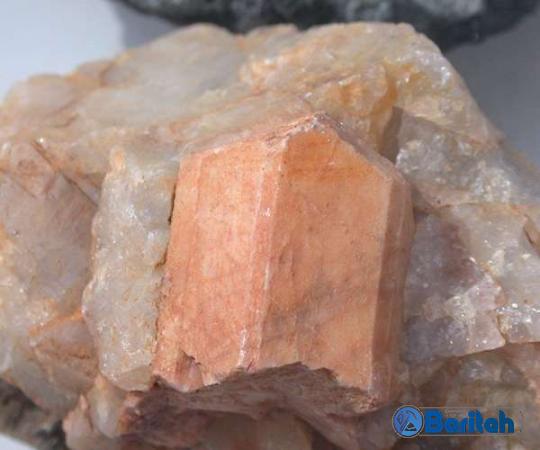 2. A Promising Resource for Construction: The construction industry heavily relies on alkali feldspar minerals for their desirable properties, such as hardness, low porosity, durability, and resistance to weathering. Their presence in concrete, ceramics, glass, and tiles significantly enhances the strength and longevity of these materials. Architects and builders can find great value in incorporating alkali feldspar minerals to construct infrastructures that withstand wear and tear, reducing maintenance costs in the long run. 3. Fueling the Ceramic and Glass Industries: Alkali feldspar minerals, with their exceptional chemical stability and high melting points, play a crucial role in ceramic and glass manufacturing.
2. A Promising Resource for Construction: The construction industry heavily relies on alkali feldspar minerals for their desirable properties, such as hardness, low porosity, durability, and resistance to weathering. Their presence in concrete, ceramics, glass, and tiles significantly enhances the strength and longevity of these materials. Architects and builders can find great value in incorporating alkali feldspar minerals to construct infrastructures that withstand wear and tear, reducing maintenance costs in the long run. 3. Fueling the Ceramic and Glass Industries: Alkali feldspar minerals, with their exceptional chemical stability and high melting points, play a crucial role in ceramic and glass manufacturing.
..
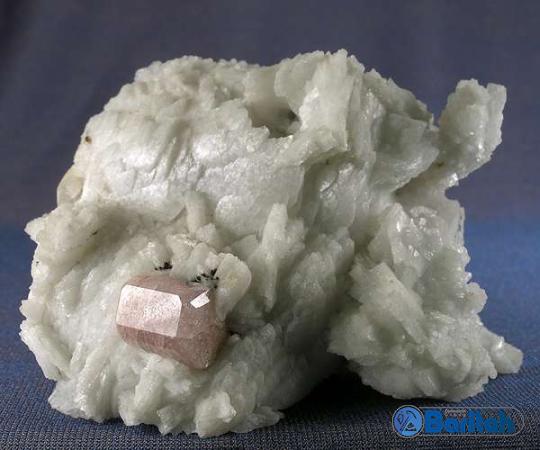 They act as key fluxing agents, reducing the melting point of raw materials and facilitating the formation of a molten phase during firing. This property allows for easier shaping and molding, making alkali feldspar minerals an indispensable ingredient in the production of ceramic tiles, sanitaryware, tableware, and glassware. 4. Revolutionizing the Energy Sector: Alkali feldspar minerals also have the potential to revolutionize the energy sector. Recent advancements have shown that lithium-rich alkali feldspar minerals can be a viable source of lithium, a key component in the production of batteries for electric vehicles and energy storage systems. Investing in the extraction and processing of these minerals can open up new avenues for renewable energy initiatives, driving the transition to a greener future. 5. Nutrient-Rich Soil Amendments: Agriculture can reap the benefits of alkali feldspar minerals as well. These minerals act as soil amendments, enriching soil fertility by releasing essential minerals such as potassium and calcium.
They act as key fluxing agents, reducing the melting point of raw materials and facilitating the formation of a molten phase during firing. This property allows for easier shaping and molding, making alkali feldspar minerals an indispensable ingredient in the production of ceramic tiles, sanitaryware, tableware, and glassware. 4. Revolutionizing the Energy Sector: Alkali feldspar minerals also have the potential to revolutionize the energy sector. Recent advancements have shown that lithium-rich alkali feldspar minerals can be a viable source of lithium, a key component in the production of batteries for electric vehicles and energy storage systems. Investing in the extraction and processing of these minerals can open up new avenues for renewable energy initiatives, driving the transition to a greener future. 5. Nutrient-Rich Soil Amendments: Agriculture can reap the benefits of alkali feldspar minerals as well. These minerals act as soil amendments, enriching soil fertility by releasing essential minerals such as potassium and calcium.
…
 By incorporating alkali feldspar minerals into agricultural lands, farmers can improve soil structure, enhance nutrient availability, and promote crop growth, ultimately increasing yields and ensuring sustainable farming practices. Conclusion: The untapped potential of alkali feldspar minerals offers a world of opportunities across a multitude of industries. From construction to ceramics, glass, energy, and agriculture, these minerals provide valuable solutions that enhance performance, sustainability, and cost-effectiveness. Businesses and entrepreneurs should explore the possibilities of incorporating alkali feldspar minerals into their operations, harnessing the power of this versatile resource for a prosperous future.
By incorporating alkali feldspar minerals into agricultural lands, farmers can improve soil structure, enhance nutrient availability, and promote crop growth, ultimately increasing yields and ensuring sustainable farming practices. Conclusion: The untapped potential of alkali feldspar minerals offers a world of opportunities across a multitude of industries. From construction to ceramics, glass, energy, and agriculture, these minerals provide valuable solutions that enhance performance, sustainability, and cost-effectiveness. Businesses and entrepreneurs should explore the possibilities of incorporating alkali feldspar minerals into their operations, harnessing the power of this versatile resource for a prosperous future.
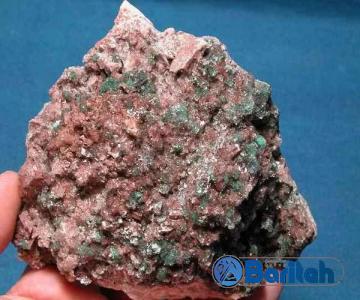
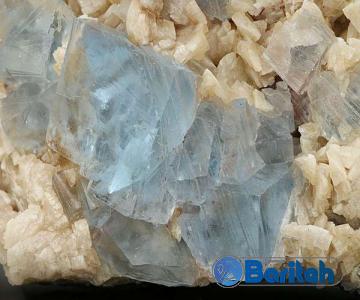
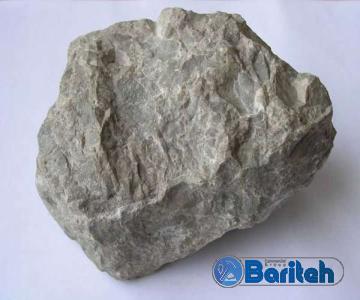
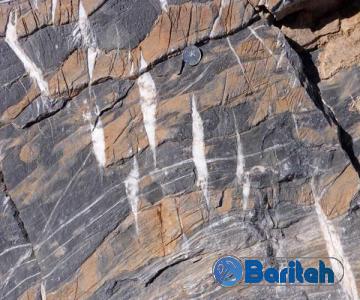
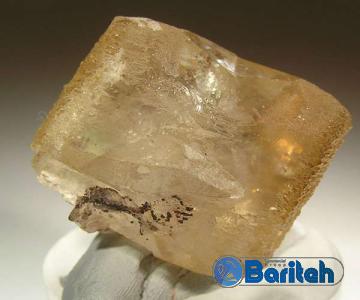
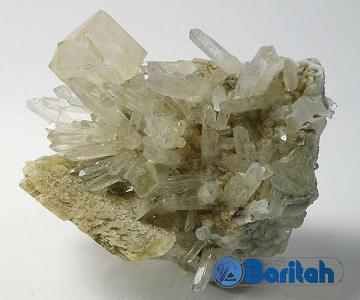
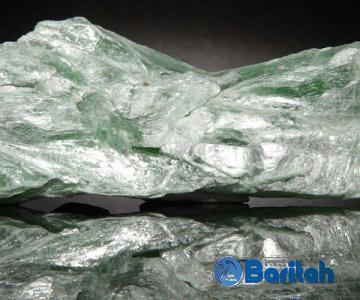
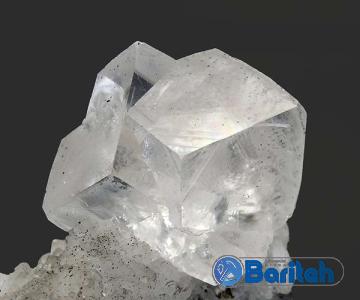
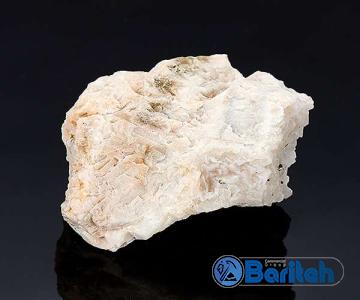
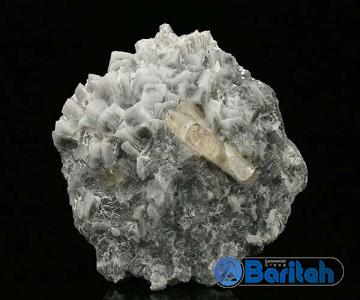
Your comment submitted.